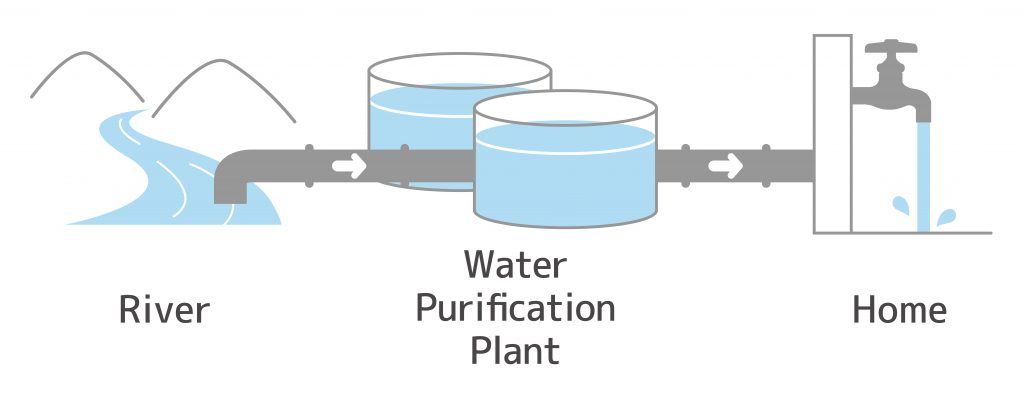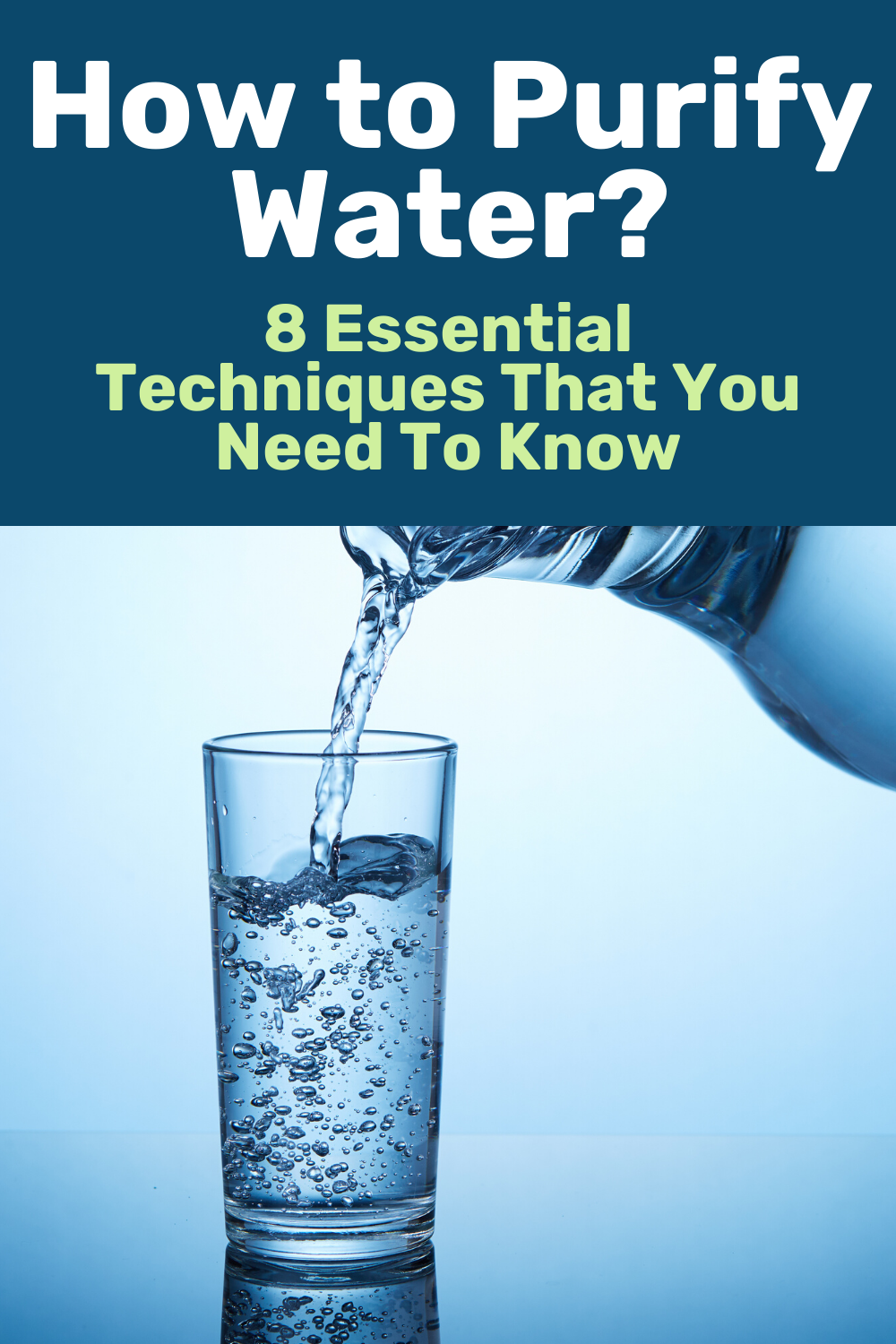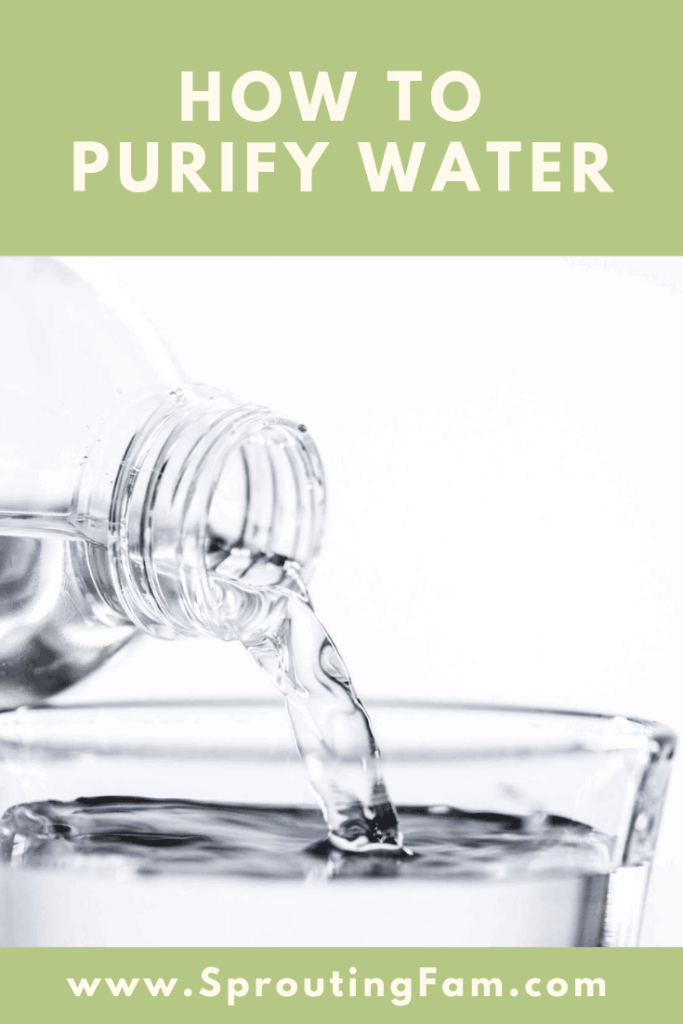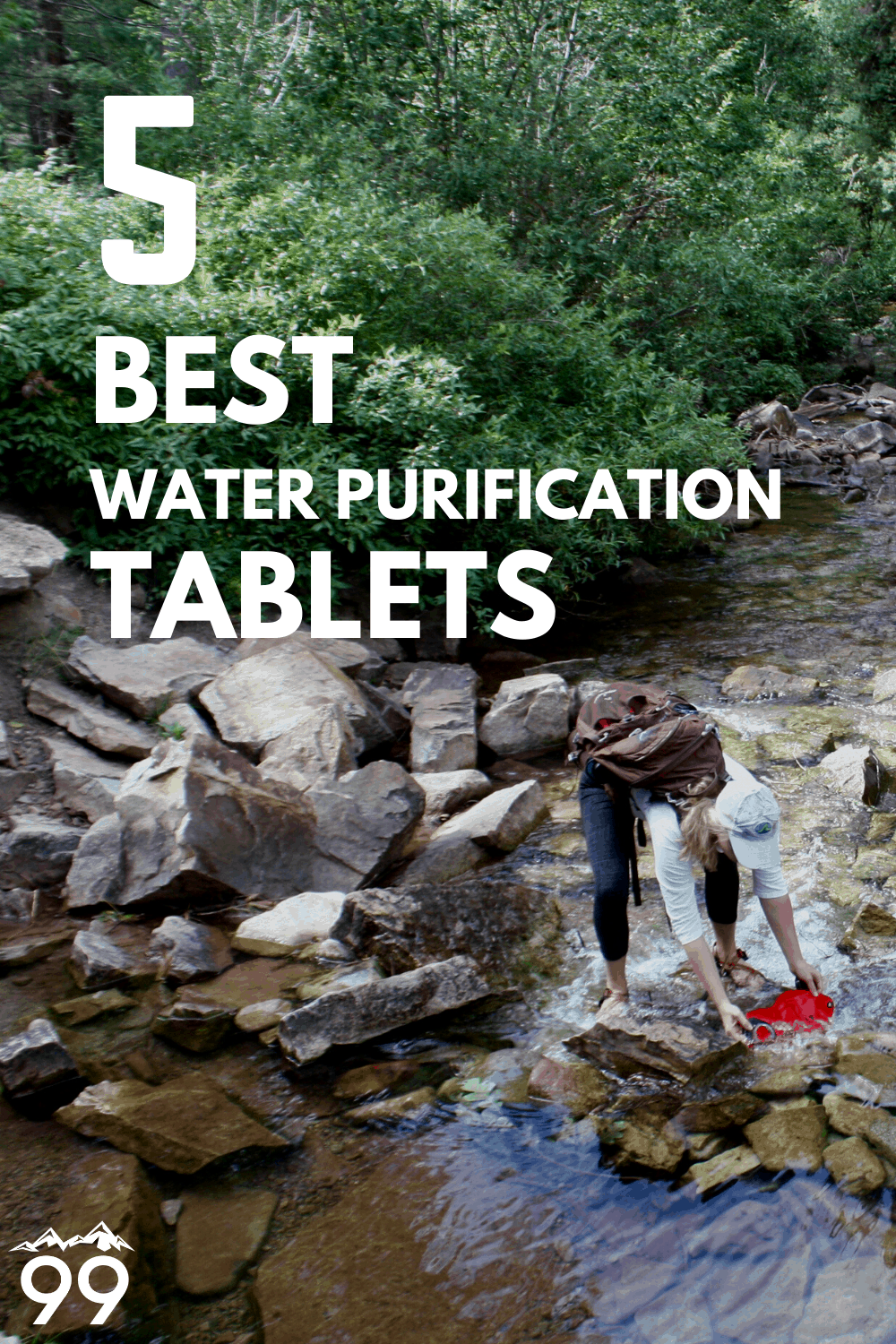Purifying well water is crucial for ensuring its safety and quality for drinking, cooking, and other household purposes. Here’s a detailed explanation of how to purify well water:

Testing and Analysis:

- Test your well water regularly for contaminants like bacteria, nitrates, heavy metals, and other potential pollutants.
- Water testing kits are available at home improvement stores or can be sent to a certified water testing laboratory.
- The results will help determine the appropriate purification method.
Filtration:

- Install a whole-house water filter or a point-of-use filter at the kitchen sink or other water sources.
- Choose a filter that is suitable for the specific contaminants found in your water.
- Common filter types include activated carbon, reverse osmosis, and sediment filters.
- Regularly replace or clean the filter cartridges according to the manufacturer’s instructions.
Disinfection:
- If bacteria or other microorganisms are present, disinfection may be necessary.
- Chemical disinfection methods include chlorination, ozonation, and ultraviolet (UV) disinfection.
- Follow manufacturer’s instructions for proper usage and dosage.
- Physical disinfection methods like boiling water for at least one minute can also be effective.
Reverse Osmosis (RO) System:
- RO systems use a semipermeable membrane to remove contaminants from water.
- They are highly effective in removing a wide range of dissolved solids, heavy metals, and other impurities.
- RO systems require proper installation and maintenance to ensure optimal performance.
Distillation:
Ultraviolet (UV) Disinfection:
- UV disinfection systems use ultraviolet light to kill bacteria and viruses in water.
- UV light is effective in eliminating microorganisms without the use of chemicals.
- UV systems require proper installation and maintenance to ensure continuous disinfection.
Maintenance and Monitoring:
- Regularly maintain and service your water purification system according to the manufacturer’s recommendations.
- Monitor water quality periodically to ensure the system is functioning properly.
- Consider annual professional water testing to ensure the water remains safe and free from contaminants.
Remember, the specific purification method or combination of methods required will depend on the contaminants present in your well water. Consulting with a qualified water treatment professional can help determine the most effective and appropriate purification solution for your needs.










